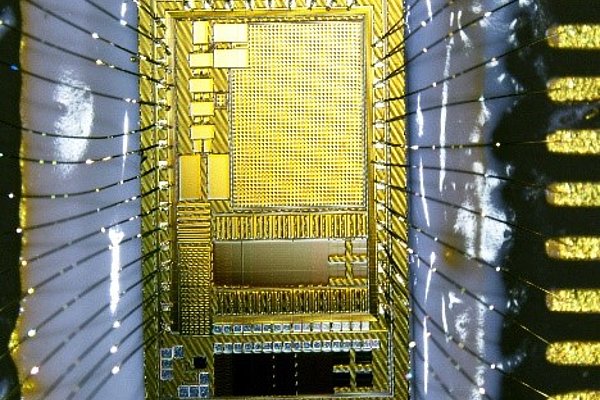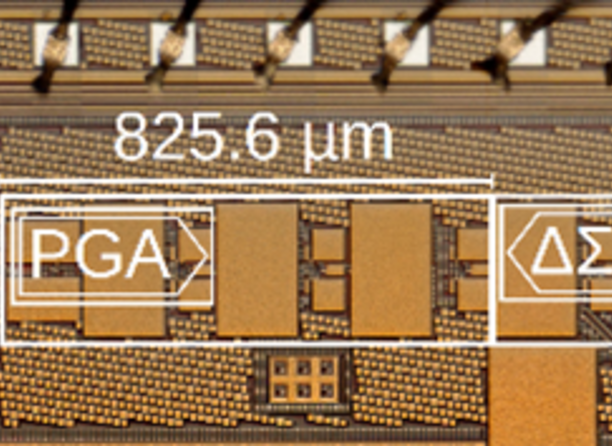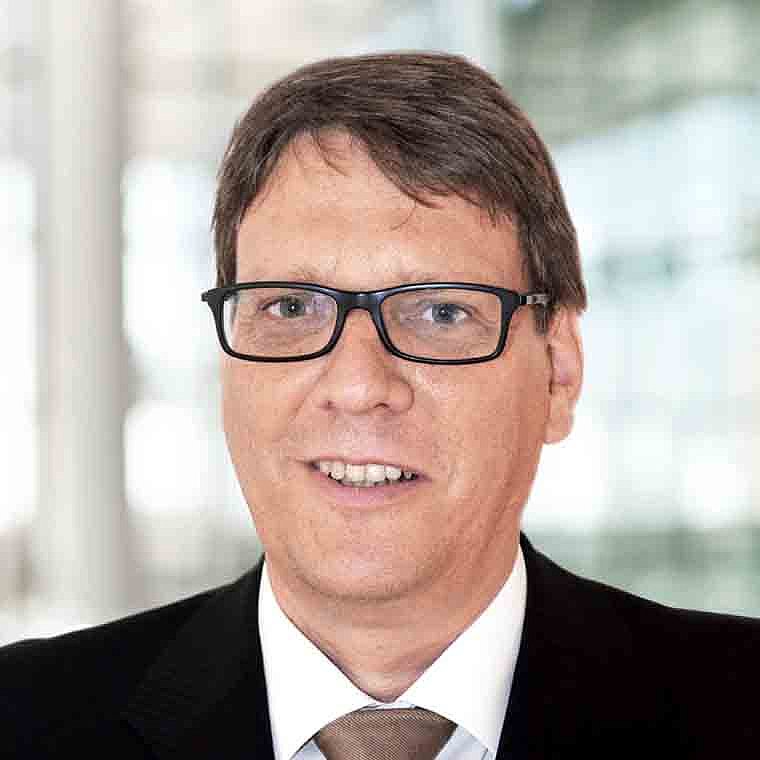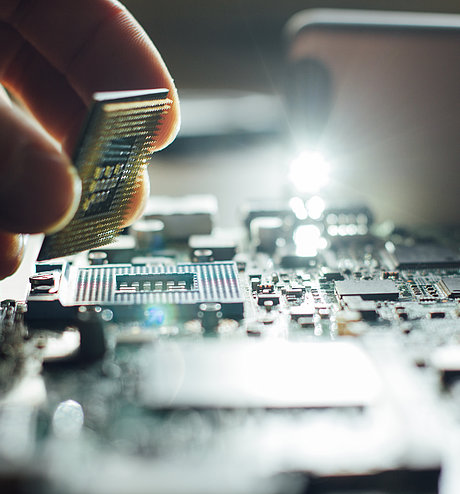Optimized Amplifier Circuit - Fast ramp-up for DC chopper-stabilized amplifier chains
Ref.-No. 5992
Keywords: Current measurement technology, DC-coupled programmable amplifier chains, short ramp-up time, simultaneous low-noise amplifiers, current measurement in DC and AC components, high resolution 10-bit, high gain factor
Electric vehicles and charging stations use shunt-based current measuring technology. This technology is also used in electric power transmission, where it measures electric currents.
This invention from Ruhr-University Bochum uses integrated DC-coupled programmable gain amplifiers in differential mode to measure current, with a number of resistors and switches allowing for adjustable gain. The advantage over conventional circuits and methods is a unique control mechanism for the circuit that makes it possible to ramp up the amplifier to its operating point rapidly, safely, and reliably. The gain can be adjusted across three orders of magnitude, meaning both DC and AC currents can be measured with high precision. A 10-bit resolution can be achieved within a configured measuring range. The circuit produces no colored 1/f noise, only thermal noise. The amplifier has a downstream deltasigma modulator that can turn this circuit into a modern current-to-digital converter system.
Competitive Advantages
- Fast amplifier ramp-up
- CMOS-based circuit
- Ready for series production
- Compact size
- Inexpensive
- Simple circuit design
- Noise-free
Commercial Opportunities
This invention is a step forward from state of the art and should particularly interest electronics manufacturers that sell programmable gain amplifiers.
Current Status
An application was submitted to the German Patent and Trademark Office on November 20th, 2020, with subsequent applications in other countries possible in the priority year. A prototype was built with 350 nm CMOS technology, so interested parties should have no technical difficulties with implementation. On behalf of Ruhr-University Bochum, we are offering interested companies the opportunity to license and continue to develop this technology with the inventors from Ruhr-University Bochum.
—
An invention of Ruhr-Universität Bochum.




